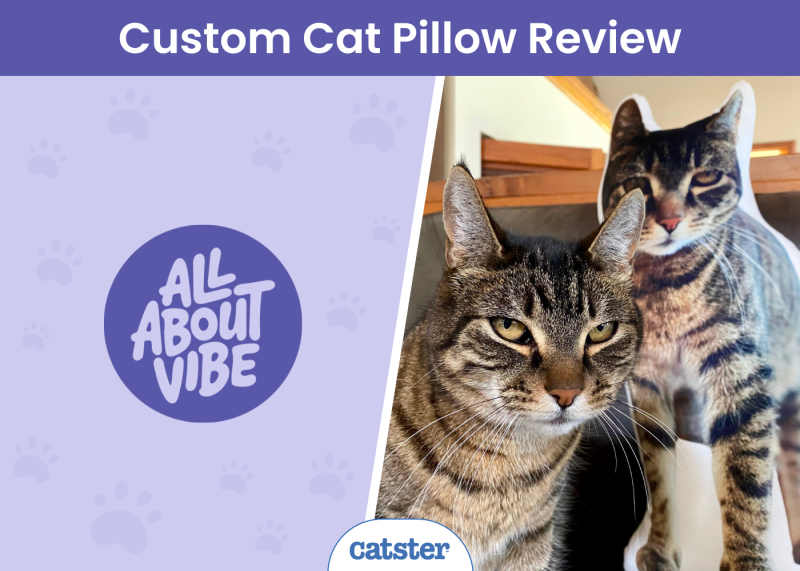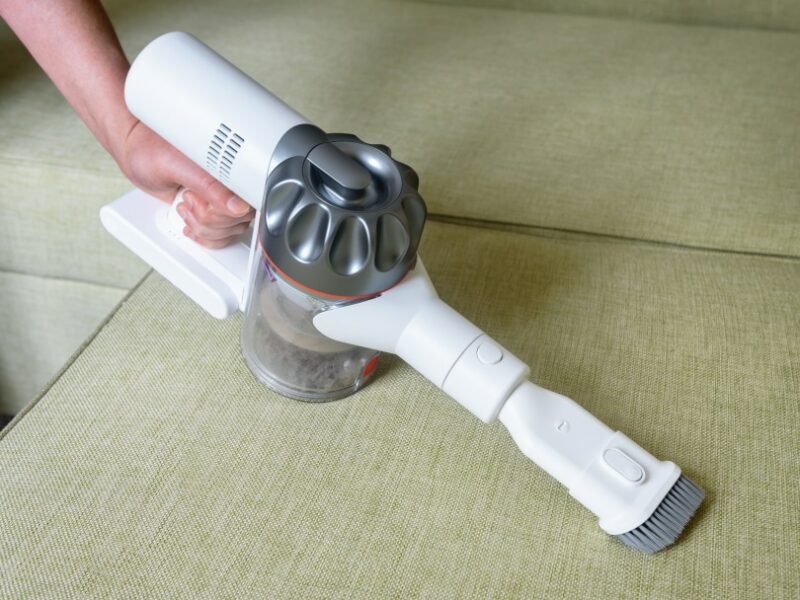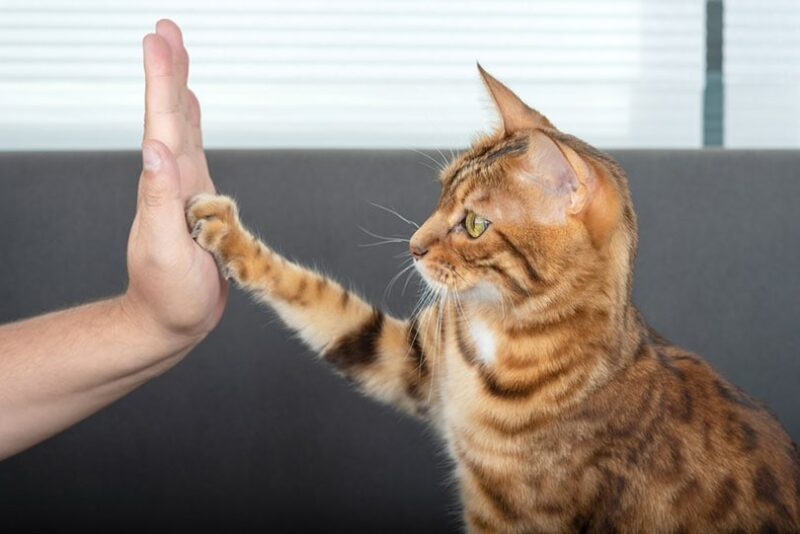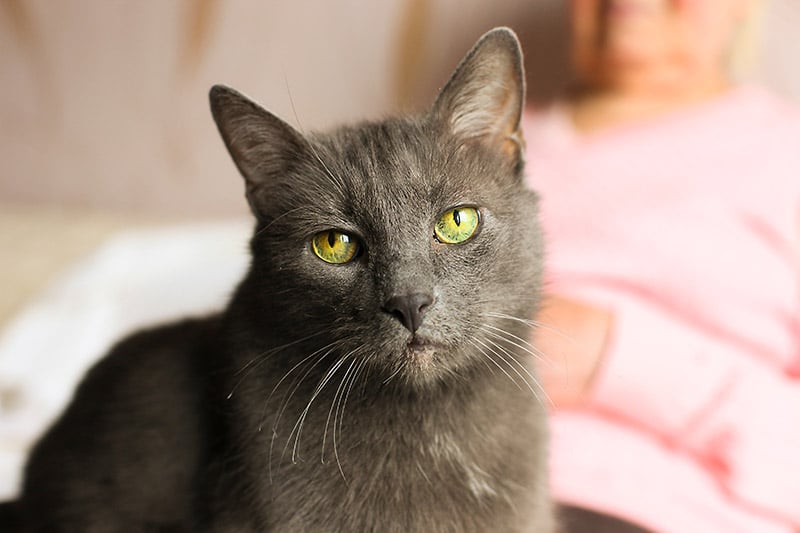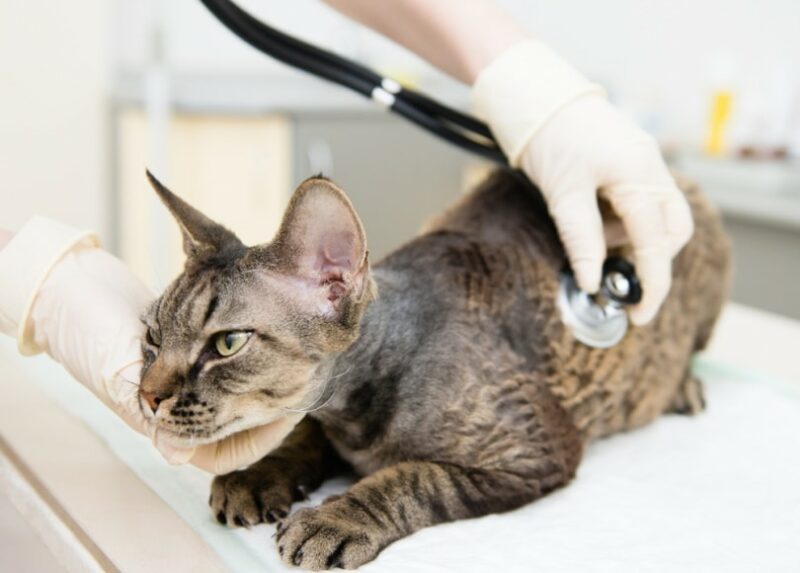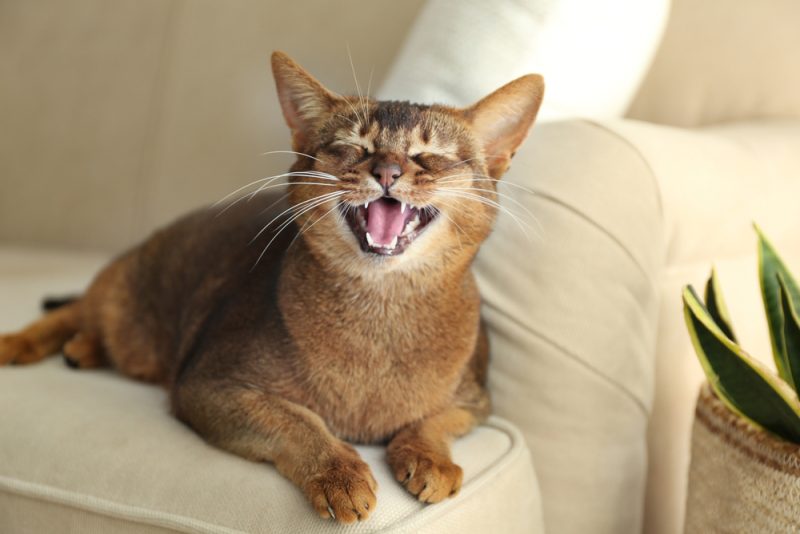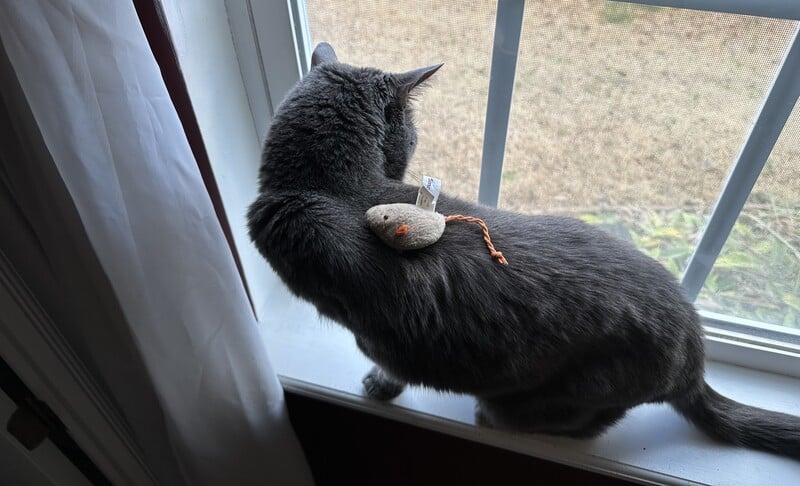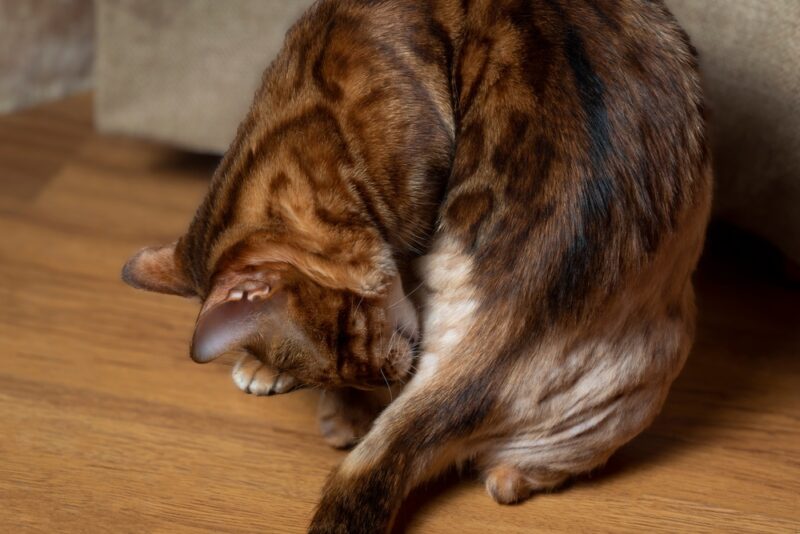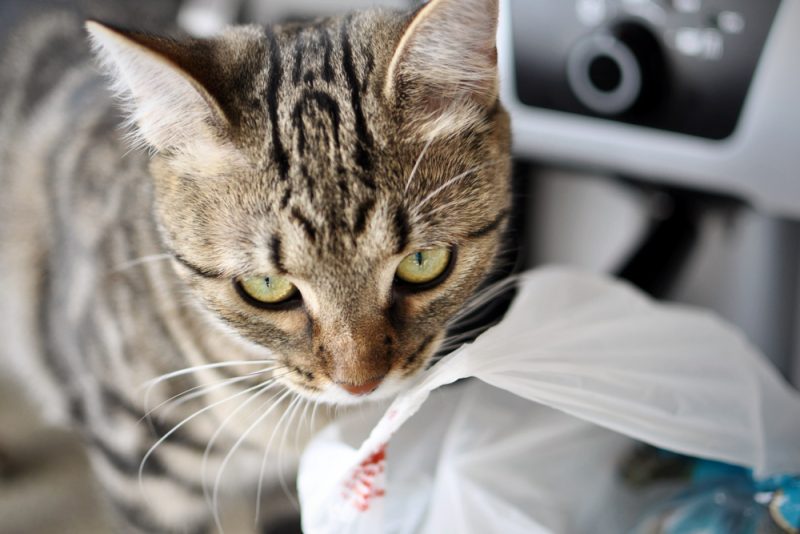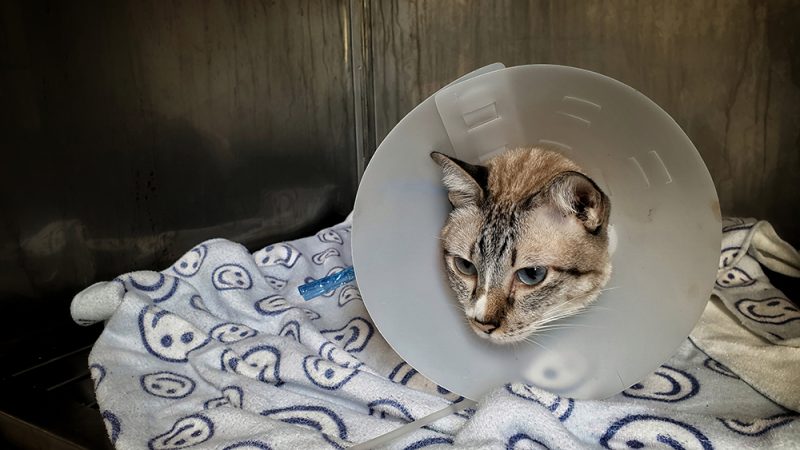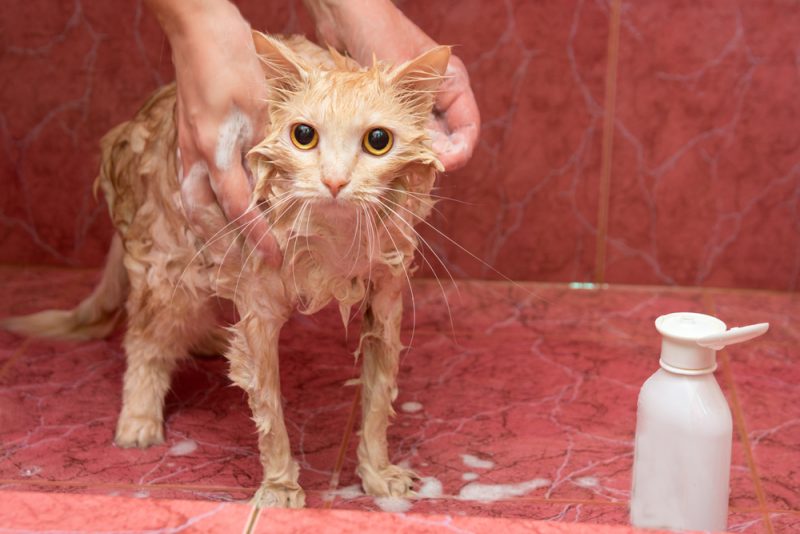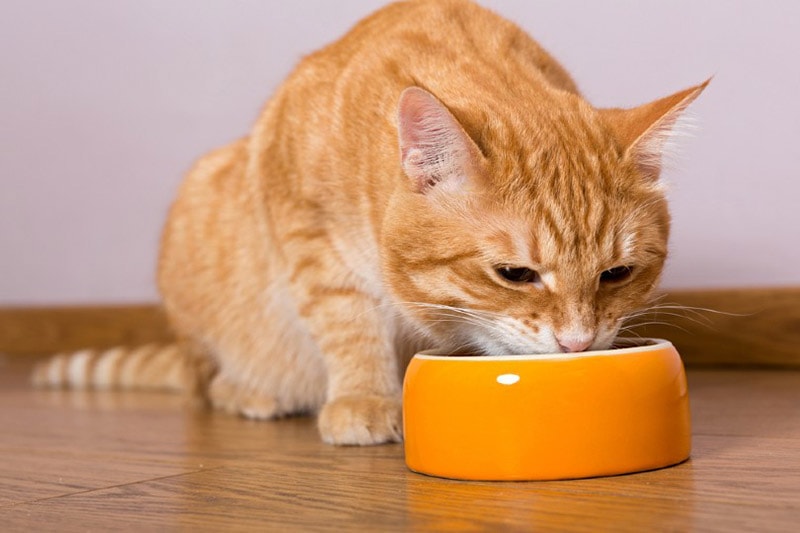In this article
View 5 More +Review Summary
We give Sentry Calming Collar for Cats a rating of 4 out of 5 stars.
The Sentry Calming Collar for cats works under the premise of cat pheromone science. Simply put, mother cats produce a pheromone that makes their kittens calm. This has soothing effects on the litter. This calming collar is infused with a synthetic pheromone, however the brand does not specify the amount or the type of pheromone included.
Many adult cats continue to react to this pheromone beyond kittenhood. It’s innate in their genetics. By tethering these pheromones to your cat with a collar, they follow your cat wherever they go and hopefully produce more calming behaviors. (Or that’s the idea, anyway.)
While many people blow these collars off as old wives’ tales, there is science to back up the use of cat-appeasing pheromone in the form of plug in and spray, however not in the form of a collar.

Sentry Calming Collar for Cats: Pros & Cons
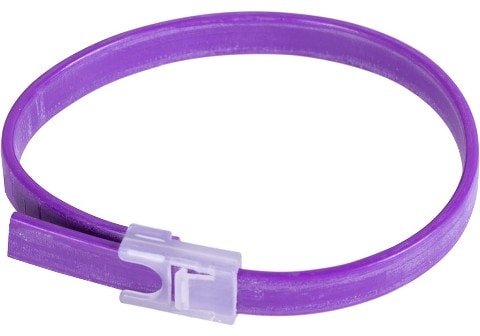
- Easy to use
- Little to no side effects
- Stays with the cat
- Requires regular replacement
- Company does not specify the type or amount of pheromone used
- Doesn’t work for all cats
- Slip on buckle, no breakaway
Specifications
- Scent: Lavender chamomile (humans cannot smell pheromones)
- Safety: Buckle closure, no breakaway collar
- Size: Up to 15” neck (trim the excess)
- Effective for: Marking, excessive meowing, scratching
- Longevity: One month
How the Sentry Calming Collar Works
As we’ve already explained, the Sentry calming collar is marketed as infused with a synthetic version of a pheromone that cats produce naturally. Pheromones are chemical messengers that can be produced artificially to mimic the calming message that mother cats produce.
Adult cats remain sensitive to this pheromone as they age—usually. Therefore, by introducing these pheromones to your cat, the idea is that your cat will react like a kitten—exhibiting more calm behaviors.
These collars have pheromones infused into them. Once the collar is placed on your cat, your feline will always sense these pheromones. Similar to other pheromones, your cat gets the message through their vomeronasal organ which sends the information to their brain. The collar should work by making your cat feel calmer.
Of course, we can’t ask your cat how these pheromones make them feel. However, they do seem to relax many felines.
So, Does It Work?
Most of the time. Most felines will react to these pheromones to some extent. However, exactly how well they work for your specific cat varies. Some cats will react more than others due to temperament or genetics. Cats that have a more laid back personality may have a more significant reaction to these collars, while more high-strung cats may still be high-strung. Conversely, the cats that need the extra calm may not be the best candidates for this collar.
Furthermore, while most cats are affected by these hormones, not all cats are—some cats may not show much difference once the collar is put on.
Even if the collar does have an effect, sometimes it isn’t enough to handle a cat’s anxiety, so a visit to your vet or cat behaviorist is a must if your cat suffers from anxiety. If a cat’s anxiety is very high, the collar likely won’t be enough by itself. In these cases, we highly recommend speaking to a professional about the different options for your cat’s needs.
Timing
The pheromones are infused in the collar. Each collar comes with a powder on it. This powder is not the pheromones themselves but a layer that keeps the pheromones sealed in the collar until it is put on a cat. Once the collar is on the cat, the movement will start knocking the powder off. You can also help it by bending the collar gently before placing it on your cat.
Most of the powder will fall off after the first 24 hours. Don’t try to scrape it off, as you may damage the pheromone layer underneath. Remember to use gloves and wash your hands thoroughly after fitting the collar on your cat.
Once the powder is mostly off, your cat will be able to sense the pheromones (subconsciously). At this point, there may be very fast behavioral changes. However, as the cat gets more entrenched in the pheromones, the changes may become even more noticeable. Some cats react right away while others usually take a bit longer.
Either way, the collar should reach its full effectiveness about a week after being put on your feline. At that point, you will be able to tell if the collar is working or not.
This collar is not made to be taken on and off. For maximum effectiveness, it needs to remain on your feline constantly. This is a long-term solution to anxiety and stress—not something you only use for one stressful event. The collar does not include a breakaway buckle, therefore we don’t recommend its use in outdoor cats or very active felines that could get caught.
Each collar will need to be replaced monthly. At this point, the pheromones will no longer be present.

FAQ
Do Sentry Calming Collars Work?
Yes and no. While there is science to back these pheromones up, they have been used for many years in the form of plug-in diffusers and sprays. Calming collars have not been studied as much as these other formulations, so effectiveness is not guaranteed. Furthermore, while the pheromones can calm your cat down, they may not be enough for very stressful situations or high-strung cats.
How Fast Does the Sentry Calming Collar Work?
Close contact with the cat’s skin allows the release of pheromones quickly. Therefore, changes may occur very shortly after the collar is on. However, the effectiveness will build as your cat wears it. Most of the effects will occur over a week or two. Still, some cats may require up to a month for the changes to set in completely.
Is the Sentry Calming Collar Toxic?
The active ingredient is not toxic, and it should not have any side effects, however, overexposure could lead to dizziness, tiredness, nausea, and vomiting.
If the collar is ingested, it can cause nausea or vomiting; upon eye contact, your cat can suffer from irritation; and after exposure, it is possible that some cats develop skin problems such as redness and edema.
What the Users Say
Some users were very pleased with this collar. It did seem to have a positive effect on their felines fairly quickly. Users said they used them on high-strung cats and for stressful situations, such as moving. Often, the changes happen pretty quickly. Many could notice when the collar needed to be changed, as their cat’s behavior quickly did a 180.
However, others found that these collars didn’t work for their felines. As we’ve stated, there will be a difference in effectiveness depending on the cat.

Conclusion
The Sentry Calming Collar for cats can be an easy solution for milder anxiety and behavioral problems. It works by mirroring the natural calming pheromones cats produce.
However, their effectiveness will vary from cat to cat and we highly recommend speaking to your vet or a cat behaviorist if your cat is suffering from anxiety. Some cats may react to this collar quickly and dramatically, while it may not affect other cats at all. Luckily, the side effects are minimal and the collars are inexpensive. Therefore, many pet parents consider these collars worth a try at the very least.


